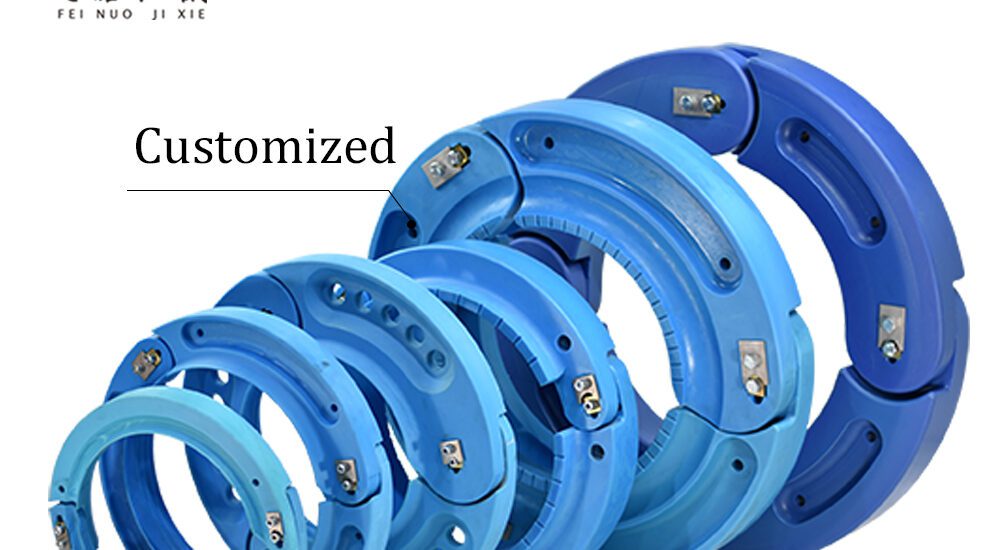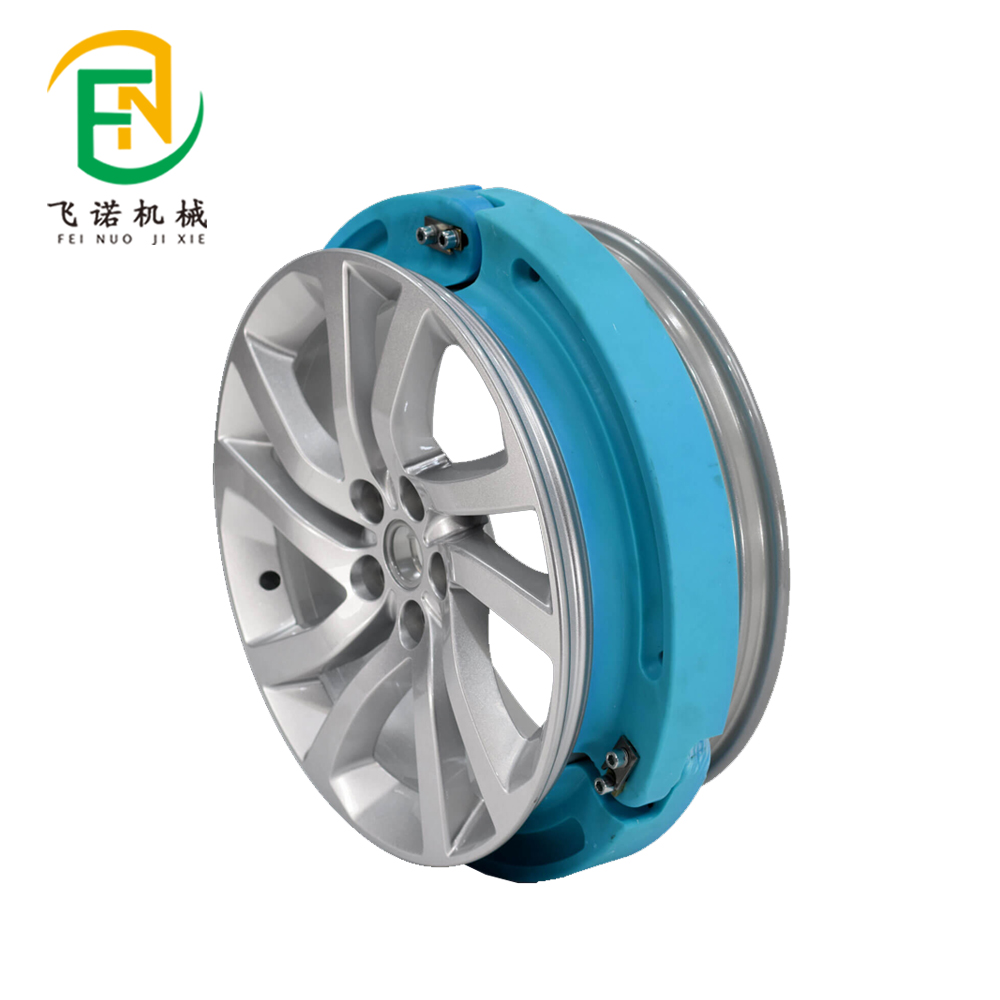- May 27, 2025
- Posted by: feinuojixie
- Category: Run Flat Guide


Most drivers have experienced or at least dreaded the moment when a tyre goes flat—whether it’s in the middle of a highway, late at night, or miles away from help. Traditionally, this meant pulling over, changing to a spare (if available), or waiting for roadside assistance. But what if your tyres could keep going—even after a puncture?
This is exactly what run flat tyre insert are designed to do. These ingenious components fit inside your tyres and act as internal supports, allowing your vehicle to remain mobile even when air pressure is lost. While many people have heard of run flat tyres, few realize the crucial role that the insert plays in this technology. Quietly and reliably, they’re transforming the driving experience by making it safer, more convenient, and less stressful. In this article, we’ll explore why these hidden heroes deserve more attention than they get.


The Problem with Traditional Tyres: A Safety Risk Waiting to Happen
Traditional pneumatic tyres rely entirely on air pressure to maintain their shape and support the weight of a vehicle. When punctured, they lose their structure almost instantly. The result? A sudden drop in control, increased risk of accidents, and the inconvenience of being stranded.
For drivers, this isn’t just a matter of discomfort—it’s a real safety issue. Blowouts at high speeds can lead to catastrophic accidents. Even at low speeds, a flat tyre can expose drivers to hazardous roadside conditions, especially in bad weather or unfamiliar areas. That’s where the idea of a run flat tyre insert becomes more than just a luxury—it’s a critical safety innovation.
How Run Flat Tyre Insert Work: Simple Concept, Smart Design
At first glance, the concept of a run flat tyre insert seems almost too simple to be effective. But behind the idea is smart engineering. These inserts are typically made from high-strength materials like reinforced rubber or polymer compounds. They are mounted inside the tyre, forming a ring around the wheel.
When a tyre is punctured, and air pressure is lost, the insert takes over. It bears the vehicle’s weight and allows the driver to continue driving—usually up to 80 kilometers (about 50 miles)—at a reduced speed. This gives drivers enough time to reach a safe location or repair shop, avoiding the chaos of an immediate tyre change.
Benefits Beyond the Obvious: Why Every Driver Should Consider Run Flat Tyre Insert
While the main advantage is continued mobility after a puncture, the full benefits of run flat tyre insert go far beyond that.
-
Safety First: The risk of losing control due to a blowout is significantly reduced.
-
Time and Convenience: No more wrestling with jacks and spares on the side of the road.
-
More Space in Your Car: Without the need for a spare tyre, drivers can enjoy more trunk space or reduced vehicle weight.
-
Better Handling After a Puncture: Unlike traditional flat tyres, run flat systems maintain shape, making the vehicle easier to steer and stop safely.
For everyday commuters, families, or professionals who rely on their vehicles, these benefits can make a meaningful difference.
From Commuters to Combat: Who Uses Run Flat Tyre Insert and Why
Run flat tyre insert aren’t just for luxury sedans. They’re being used across a wide range of vehicles and industries. Armored vehicles and military transport rely on them to maintain mobility under attack or in harsh terrain. In motorsports, where every second matters, these inserts offer a competitive edge by preventing sudden tyre failure.
Even delivery vans and long-haul trucks are starting to adopt run flat solutions to reduce downtime and improve fleet efficiency. The common thread is simple: in any situation where mobility is mission-critical, run flat tyre insert prove their value.
Debunking the Myths: Are Run Flat Tyre Insert Too Expensive or Hard to Install?
One of the biggest reasons drivers hesitate to invest in run flat tyre insert is misinformation. Some believe they’re prohibitively expensive or difficult to install. In truth, the cost has come down significantly in recent years, thanks to mass production and growing demand.
Modern run flat inserts are designed for easier installation and compatibility with a wider range of tyre sizes and brands. In many cases, they can be fitted by a trained technician without modifying the vehicle. And when weighed against the potential cost of a roadside emergency, the investment often pays for itself after just one incident.
How to Choose the Right Run Flat Tyre Insert for Your Vehicle
Choosing the best run flat tyre insert isn’t a one-size-fits-all decision. It depends on your driving style, terrain, and vehicle type.
-
Daily Commuters: Look for lightweight inserts with solid comfort ratings.
-
SUV and Off-Road Drivers: Choose robust designs made for rough terrain.
-
Highway Travelers: Opt for inserts that prioritize heat resistance and endurance.
-
Fleet Managers: Consider models tested for heavy-duty wear and frequent use.
It’s also important to consult with a tyre professional to ensure compatibility with your existing wheels and suspension setup.


The Future of Mobility: Why Run Flat Tyre Insert Are Here to Stay
As vehicles become smarter and more autonomous, tyre technology must evolve alongside them. Run flat tyre insert are already proving to be an essential component in this evolution—offering safety, performance, and peace of mind in one innovative package.
Automakers are increasingly integrating run flat systems into their designs, and aftermarket options are more accessible than ever. As sustainability and efficiency take center stage, eliminating the need for spare tyres also reduces vehicle weight and improves fuel economy.
In a world where every second counts and safety can never be taken for granted, run flat tyre insert are no longer just a clever upgrade—they’re a necessity. The next time you check your tyres, consider what’s riding underneath. The hidden hero in your wheels might just save the day.
